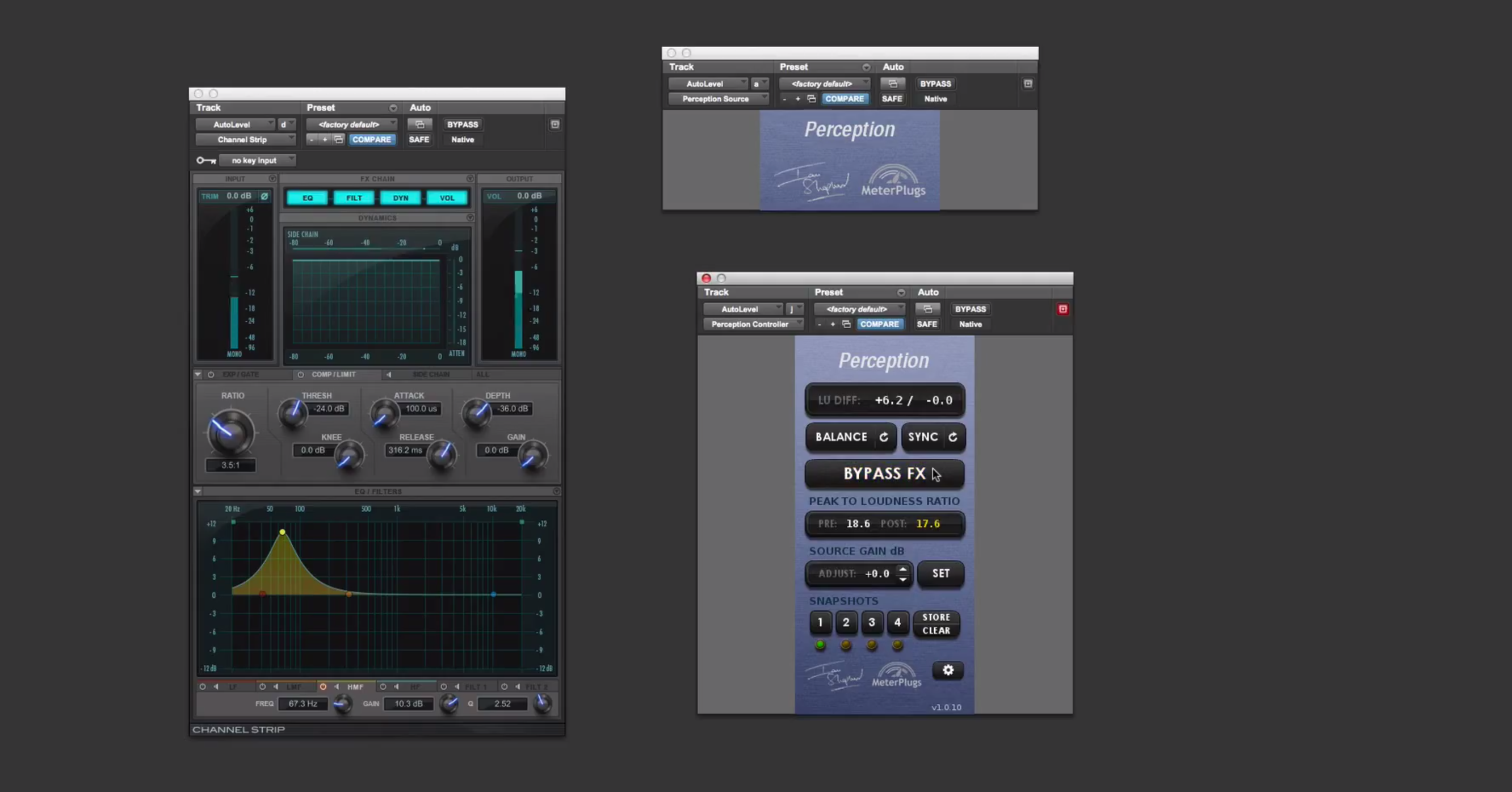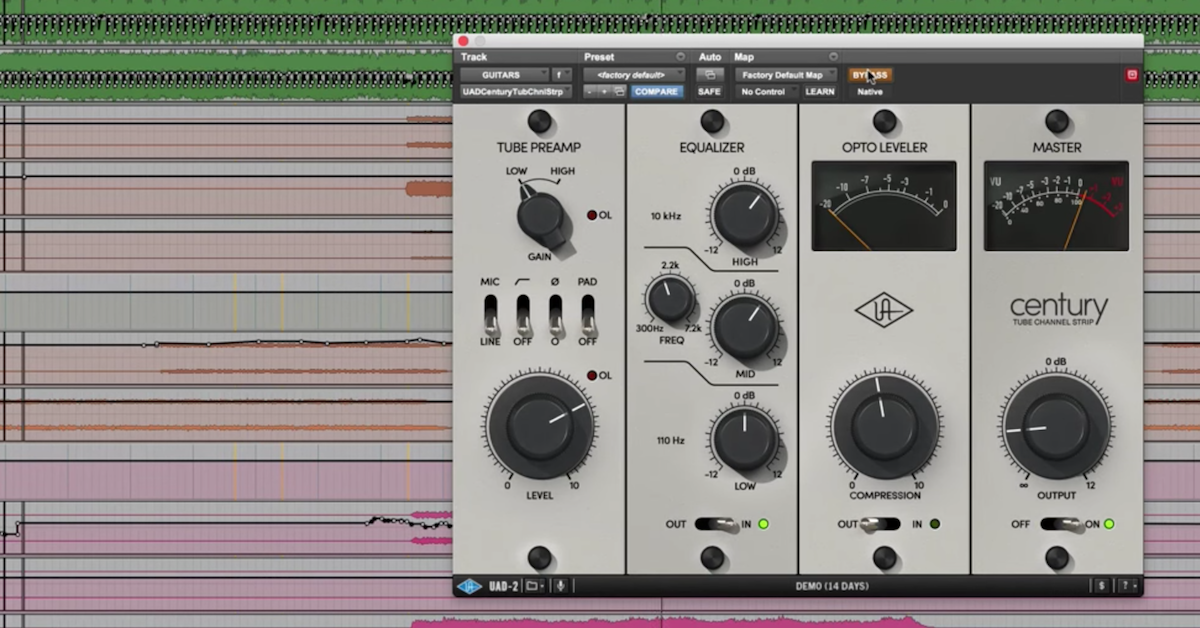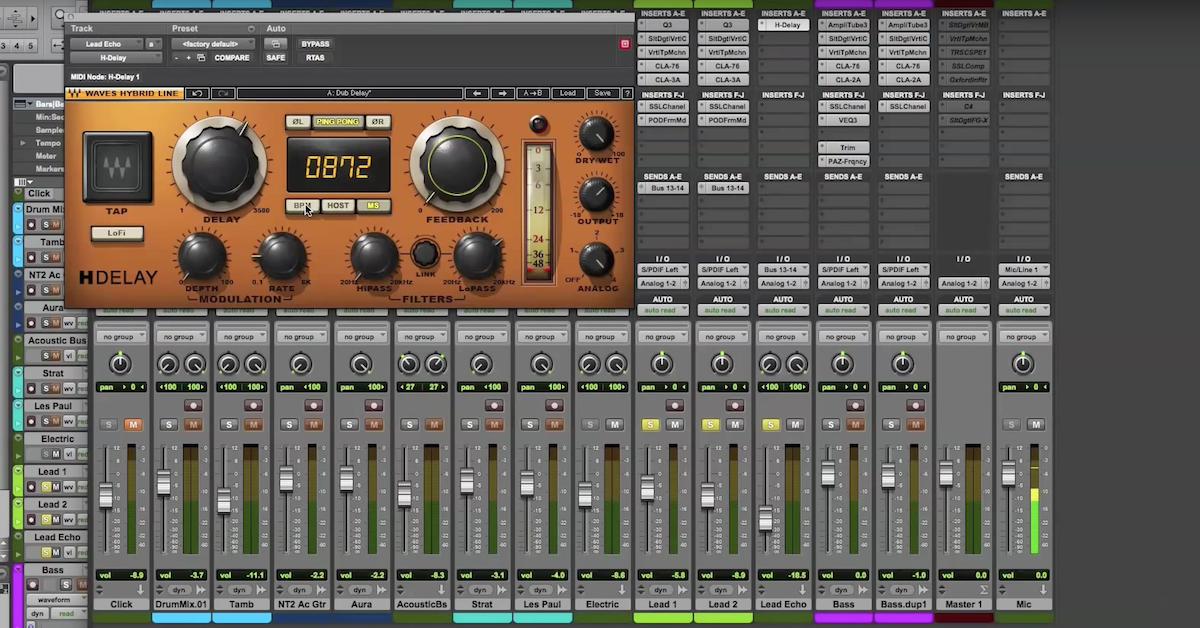What’s in an Audio Plugin GUI?
Article Content
I’ve been experimenting with a lot of plugins lately. The productions I’ve been doing are all over the place, which leads me to use drastically different configurations for my mixes and software instruments.
I’ve started to think—what makes a great plugin? It’s easy to say “sound” is the leading factor in what makes a plugin great. But I think the graphical user interface (GUI) matters more in the software world than in the hardware universe.
For one, things can get way more complicated with plugins. Software developers have the capability to do things never imagined with hardware. This is a plus, not a minus.
Sometimes though, there’s a disconnect between the flexibility of software plugins and their accessibility to users.
Worker Bee
For the sake of this article, I’m going to use my perspective as an artist/producer/mixer who needs to work fast. Whenever I produce, I don’t have time to tweak things endlessly. I’m less likely to use a plugin whose design slows me down.
Chatter
I think open discussions are important. Developers are good at coming up with great ideas, but that doesn’t always mean they’ve used the product extensively in the field.
I’m not looking to be harsh. I’m just supplying some constructive criticism. There are plugins whose sound I actually love, but I don’t use them often because they’re not easy to use.
Teacher’s Pet
Take for instance the UVI collection of sampler instruments. I think the UVI sounds are some of the best. If I were basing this just on sound alone, then they would be head of the class.
However, their GUI isn’t the most accessible. I have to point to the sample’s location on my hard drive every time I want to try an instrument. For this reason, I tend to use them much, much less.
Trial Period
I notice that whenever I get a new plugin, I can tell within the first hour if I’ll use it a lot. I do read manuals, but if after reading the manual, things don’t start to come easy, then the plugin usually goes to the back burner.
I have similar issues with the EastWest Play plugin. Wow, that thing is way more complicated than it needs to be. I get that it’s the type of thing you need to dig into, but even when I just want to find something simple, it takes too much time.
Also, I have bad eyesight. I need to enlarge all the print on my mac. Play doesn’t work well with fonts, so titles get cut off in the instrument menus. Bummer.
Flip Side
On the other end of the spectrum, I opened Omnisphere from Spectrasonics today. I was surprised to find that it’s the best GUI for a synth I’ve used. For starters, there’s a search engine for patches. Yeah, you heard that right. Are you listening EastWest?
I can put in a keyword, get search results, and even search for similar sounds. I wish I could do these things with every plugin. The developers at Spectrasonics must have a lot of real-world experience. It’s extremely project friendly.
This is a completely different experience from Kontakt by Native Instruments (NI). I thought I was the only one frustrated with the NI design, but after having brunch with some fellow composers, I realized it wasn’t just me.
Musical Search
Another great GUI is Toontrack’s EZDrummer. One of my favorite features is to play a beat as a search option and find similar grooves. It’s the little things that make my life so much easier.
I’ve used their competitor BFD by FXpansion for a while, too. Although I thought the sounds were good, the interface was overstimulating. It was much more difficult to route outputs as a multi-instrument. Navigating, in general, was also more of a task.
Looks Aren’t Everything
I don’t care so much about fancy looking plugins, but the way they are laid out is important. I like plugins to feel like instruments. I want to be creative when I open them. At first, I tend to treat them less like surgical tools.
I’m not saying that I don’t ever need surgical tools. I’m just saying that when I open a plugin, I want to be able to make cool sounds without too much fuss. When I need to make deeper adjustments, I’ll look deeper.
A plugin that immediately lets all its naughties show can be a little overwhelming.
What’s in a Name?
One thing I also find difficult with some plugins is the need to rename classic sounds. I get it—they can’t always use the original name or manufacturer. But, it would be nice to reference where the sample came from.
For example, I’m composing for a TV show that wants late 70’s Hip-Hop tones.
Before I started composing, I did a lot of research into what kind of synths and drum machines were used. (I know a lot of this music, but I didn’t know all the period-specific instruments.) After the research, it was time to start building a collection of sounds to use in my compositions.
In this specific case, the sounds needed to be appropriate for the period. Some of the plugins I own may have really great sounding samples, but trying to reference which exact keyboard it was from was confusing. Even when going to the developer’s website.
Sometimes I needed an exact Arp Solina sound. Because of this, I’m much more likely to use a plugin that’s authorized by the original manufacturer or has more details in the presets or manual.
Open Forum
I’d like to get the opinions of fellow TPAF readers. What excites you about a plugin’s design? What makes a plugin unusable for you?





